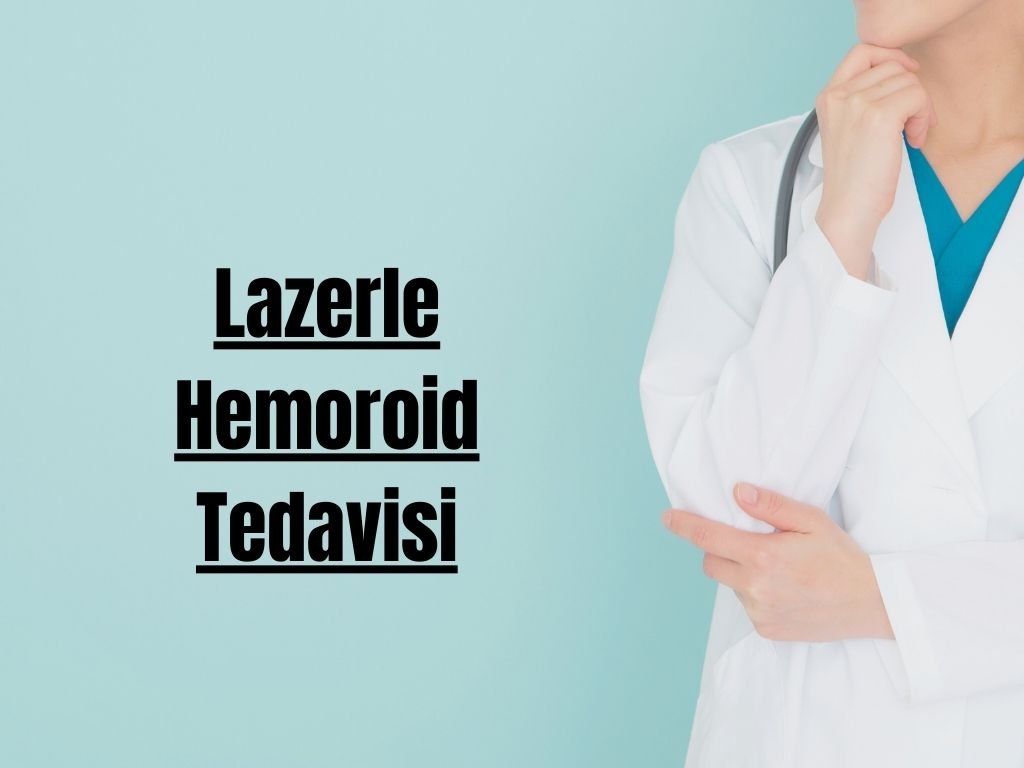What is a Corn? Symptoms and Causes
A corn is a defense mechanism of the skin against excessive friction, pressure, or irritation. This skin condition, commonly seen on the feet—especially the heel, sole, and outer parts of the toes—or on the hands, gradually thickens and turns into hardened tissue. Medically, a corn is called a “clavus” or “callus.”
Although corns are common, especially in advanced cases, they can negatively affect quality of life. Therefore, questions like “What is a corn?”, “Why do corns form?”, and “How to get rid of corns?” are frequently researched by the public.
Why Do Corns Form?
The main cause of corn formation is constant and repetitive mechanical pressure applied to the skin. The following factors can create a basis for corns:
- Wearing tight or hard shoes
- Standing for long periods
- Repetitive activities such as walking or running
- Anatomical deformities of the foot (hammer toes, flat feet, etc.)
- Walking barefoot
- Frequent use of finger areas in manual work (e.g., carpentry, farming)
What Are the Symptoms of Corns?
For those asking “How to recognize a corn?”, the symptoms can be summarized as:
Most Common Symptoms of Corns:
- Noticeable thickening of the skin
- Hard, yellowish or grayish discoloration
- Pain when pressure is applied
- Cone-shaped deepening in the center
- Discomfort when wearing shoes
Symptoms may vary from person to person. Corns on the feet especially can make walking difficult.
What Types of Corns Are There?
Corns are classified into different types depending on their location and structural features:
| Corn Type | Characteristics |
|---|---|
| Hard Corn | The most common type, usually forming on the toes. |
| Soft Corn | Found between the toes; moist and soft. |
| Seed Corn | Small, painful spot located on the sole of the foot. |
| Vascular Corn | Contains blood vessels and is quite painful. |
| Neurovascular Corn | Can cause severe pain by pressing on nerve endings. |
How Is Corn Treated?
“How to get rid of corns” and “corn treatment” are among the most searched topics. Treatment approaches vary depending on the severity and type of corn.
1. Protective Measures
- Choose appropriate shoes
- Use insoles or orthopedic support products
- Keep skin moisturized and maintain regular care
2. Medical Methods
- Corn creams: Topical products containing salicylic acid soften the skin, helping the corn peel off over time.
- Corn plasters: Specially designed bandages reduce pressure on the corn and contain healing agents.
- Pain relievers: May be used with a doctor’s recommendation in inflamed or painful conditions.
3. Clinical Interventions
- Dermatological exfoliation
- Cryotherapy (freezing method)
- Laser treatment for corns
- Surgical excision (corn removal surgery) – used in advanced cases
When Is Corn Surgery Needed?
“Corn surgery” is considered only for cases that do not respond to medical or physical treatments and significantly affect quality of life. During surgery, the thickened skin tissue is carefully removed, and the area is reshaped.
Which Doctor Should You See for Corns?
The question “Which doctor should I see for corns?” is common. The primary specialist to consult is:
- Dermatologists (Skin specialists).
In advanced cases or when surgery is required, dermatologic surgeons (dermatologic surgery) or orthopedic specialists may be involved.
For foot health-related complaints, podiatrists can also provide support.
Important Precautions in Corn Treatment
- Cutting or puncturing corns increases the risk of infection.
- Random home remedies (such as shaving with a razor) can leave permanent scars and damage.
- After treatment, pay attention to shoe choice and skin care.
Do Corns Go Away on Their Own?
In most cases, corns do not go away by themselves. However, if the mechanical pressure causing the corn is removed, the corn may gradually reduce in size. This process is long, and medical support is usually necessary.
How to Prevent Corns?
- Choose orthopedic shoes that fit the foot properly.
- Wash and dry your feet daily.
- Avoid standing for excessively long periods.
- Keep skin moisturized with foot care products.
- Use insoles suitable for your foot structure.
Corns are a common skin problem in society but can negatively affect quality of life if not treated properly. When detected early and appropriate measures are taken, progression can be stopped. If complaints persist, it is essential to consult a dermatologist. Proper diagnosis and personalized treatment not only eliminate corns but also prevent their recurrence.
Disclaimer: All content on this site is for informational purposes only and is based on scientific sources valid as of the preparation date. For any health-related symptoms, diagnoses, or treatments, please consult your doctor or an authorized healthcare facility directly.




